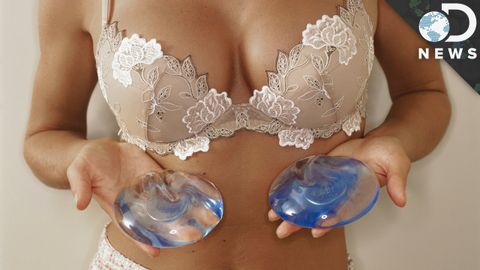
Subtitles & vocabulary
The Pros And Cons Of Breast Implants
00
鄭祐晨 posted on 2015/07/31Save
Video vocabulary
esteem
US /ɪˈstim/
・
UK /ɪˈsti:m/
- Uncountable Noun
- Feeling of respect or admiration regarding someone
- Transitive Verb
- To regard with great respect or admiration
B2TOEIC
More perform
US /pɚˈfɔrm/
・
UK /pə'fɔ:m/
- Verb (Transitive/Intransitive)
- To carry out an action well or successfully
- To entertain an audience by dancing, singing etc.
A1TOEIC
More texture
US /ˈtɛkstʃɚ/
・
UK /ˈtekstʃə(r)/
- Noun (Countable/Uncountable)
- Quality from different elements, as in music
- Look and feel of a substance or material
- Transitive Verb
- To give a particular look or feel to a surface
B1
More fluid
US /ˈfluɪd/
・
UK /'flu:ɪd/
- Noun (Countable/Uncountable)
- A material that can easily flow, e.g. water
- Liquid that flows smoothly, such as water
- Adjective
- Able to move smoothly or gracefully
- Liable to change; unstable.
B2
More Use Energy
Unlock All Vocabulary
Unlock pronunciation, explanations, and filters
